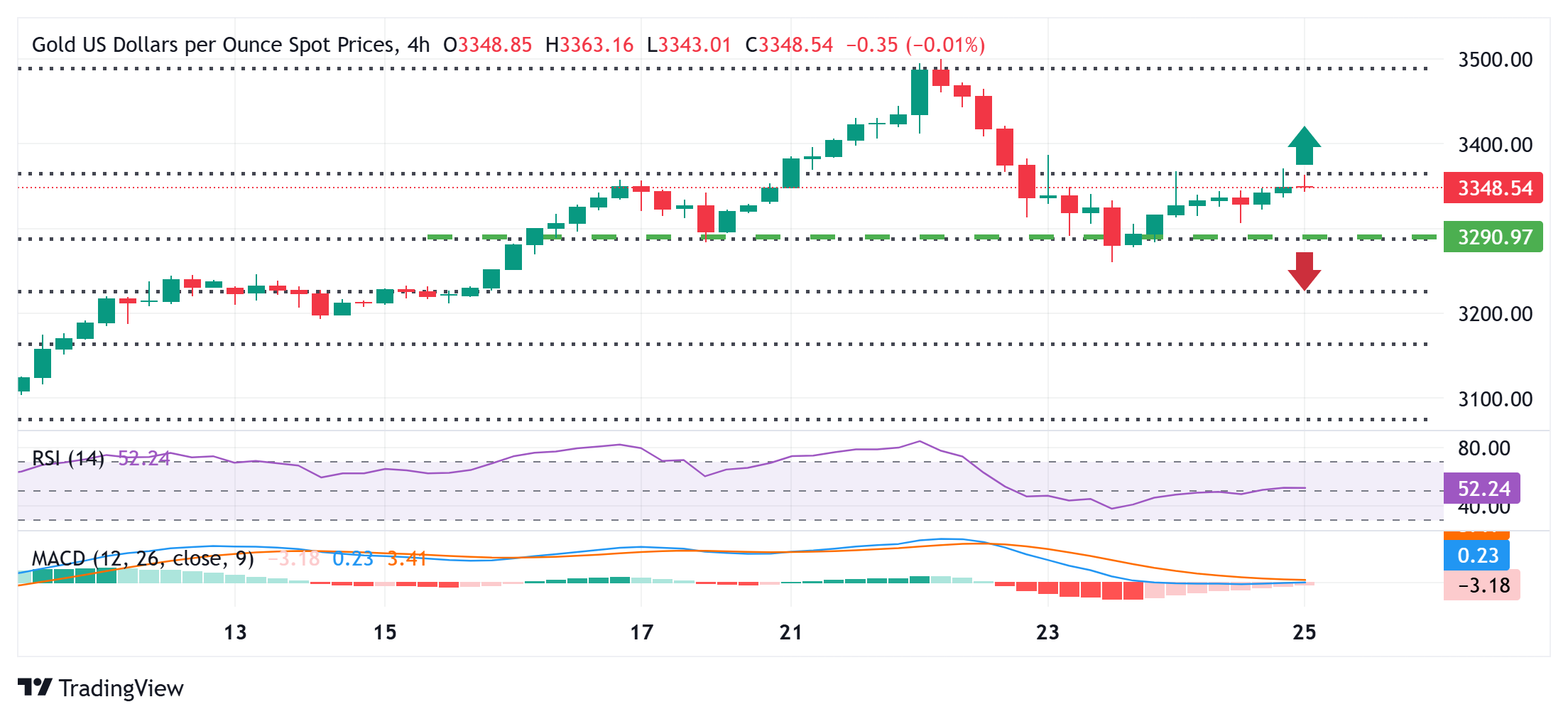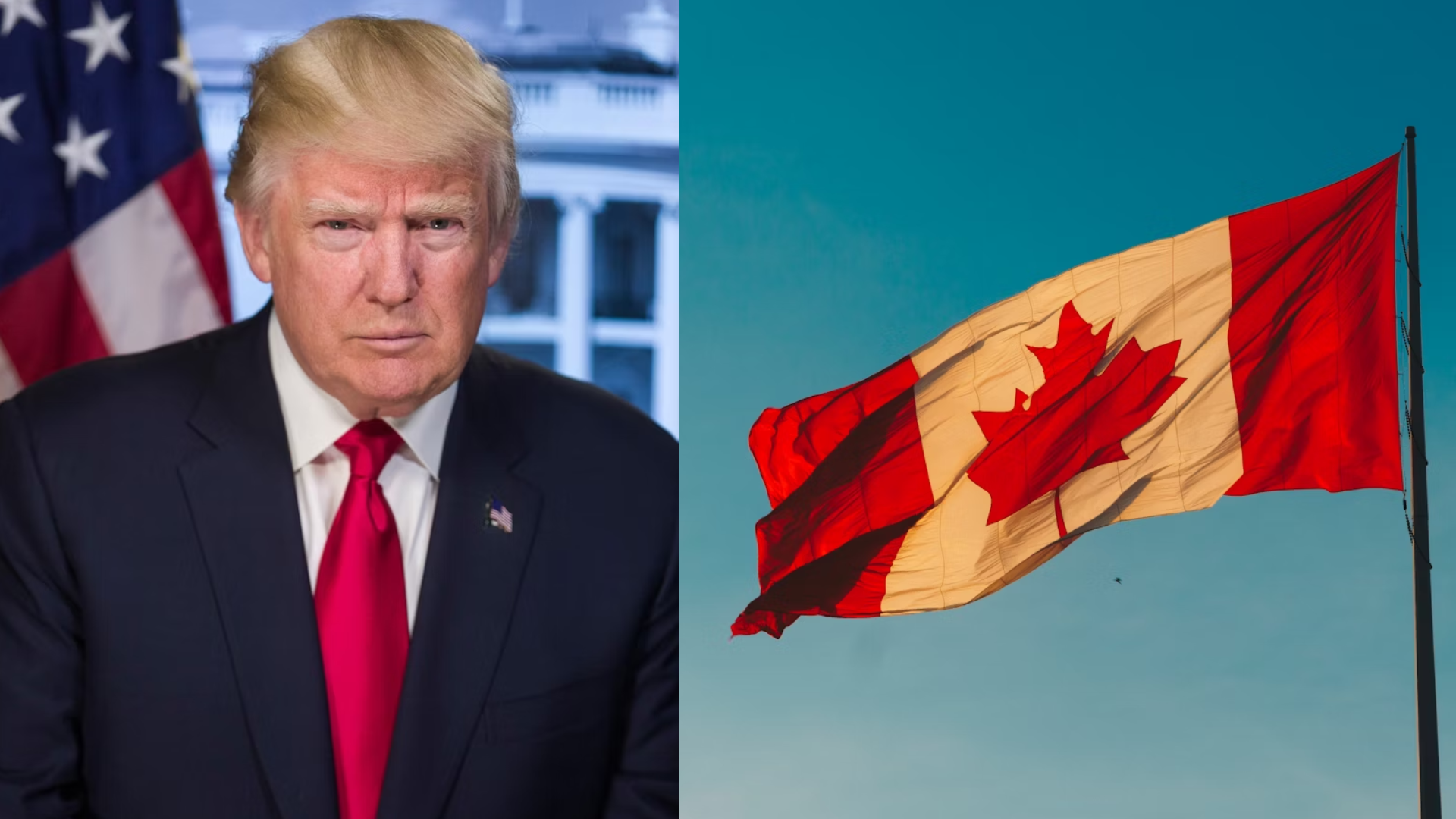Gold prices traded in a narrow range on Friday, hovering above the $3,300 level as investors weighed mixed economic signals and central bank commentary. While the metal showed little momentum in either direction, its ability to hold key technical support suggests that bullish sentiment remains intact for now.
Spot gold was last seen around $3,312 per ounce, consolidating after a sharp rally earlier in the week. Traders are showing signs of caution ahead of upcoming U.S. inflation data and further remarks from Federal Reserve officials that could influence expectations for interest rate cuts. Still, gold’s resilience above $3,300 has reinforced its position as a favored hedge against uncertainty.

Gold US Dollars per Ounce 4-H Chart as of April 25th, 2025 (Source: TradingView)
Supportive factors include a weaker U.S. dollar and stable Treasury yields, both of which reduce the opportunity cost of holding non-yielding assets like gold. In addition, ongoing geopolitical risks and concerns over global growth have kept demand for safe-haven assets elevated, even as risk sentiment has improved slightly in equities.
Analysts note that central bank gold purchases and long-term inflation hedging continue to provide structural support for the metal. Several emerging market central banks have stepped up bullion accumulation in recent quarters, adding to the positive tone despite short-term price fluctuations.
From a technical perspective, gold remains in a bullish formation, with immediate support at $3,290 and resistance around $3,330. A clear break above this upper level could trigger another leg higher, while a fall below support might invite some profit-taking but is unlikely to reverse the broader trend.
For now, investors appear content to hold their positions, awaiting clearer signals from upcoming economic data. As long as gold remains comfortably above the $3,300 threshold, bulls are likely to maintain the upper hand in the near term.
















